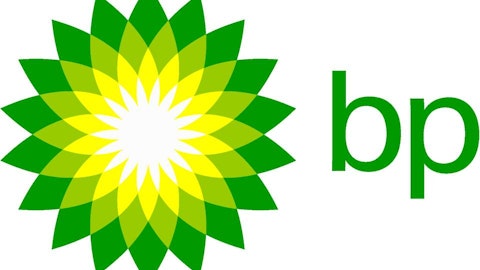
Allowing the Keystone XL pipeline to be built requires a finding [from the Department of State] that doing so will be in our nations interest … [which] will be served only if this project does not significantly exacerbate the problem of carbon pollution. The net effects of the pipeline’s impact on our climate will be absolutely critical to determining whether this project is allowed to go forward.
There are clear environmental concerns regarding the construction of this pipeline, but the story is so much more than that. To help better understand the entire story of the Keystone XL pipeline, we at the Motley Fool want to give investors a better look at what the Keystone XL means for all parties involved. In this first of seven articles on the Keystone XL, we will take a look at the economic fundamentals for building this pipeline.
Setting the stage: types oil, refining, and U.S. oil imports
The United States is far and away the largest oil processing center in the world. Our total oil refining capacity is at a staggering 17.4 million barrels per day, almost 19% of the world’s supply, according to the 2013 BP plc (ADR) (NYSE:BP) Statistical Review of World Energy. While the U.S. may be in the middle of a oil and gas boom, the country still imports about 9.5 million barrels of oil per day, and the U.S. Energy Information Administration’s recent projections estimate that the U.S. will import no less than 35% of demand all the way out until 2040.

Source: U.S. Energy Information Administration
Even though total imports are going to play a major role in the fate of the U.S. crude market, there is one caveat that makes the story even more complicate – the types of crude oil involved.
The black gold breakdown
Crude oil comes in many different forms. To simplify a very complex compound, we measure it using API gravity:
| API Gravity | Classification | Examples |
| > 31.1° | Light Crude | Oil from Southern Louisiana, known as Light Louisiana Sweet |
| 22.3°-31.1° | Medium Crude | Oil from West Texas, known as West Texas Sour |
| < 22.3° | Heavy Crude | Heavy oil from Venezuela, Mexico, the Middle East, and Canada |
Source: International Marine Consultancy and American Petroleum Institute. Note, the terms “sweet” and “sour” in the table above refer to the sulfur content in the source crude.
Today in the United States, the average API gravity for refinery input is between 27 and 33, producing an optimum mix of petroleum products ranging from gasoline and diesel to plastics and home heating oil. Not every oil play in the U.S., or in the world for that matter, will fall in this optimal range, so either separate types of crudes are processed at different times, or they are blended together to produce an ideal product mix.
Mo’ oil, mo’ problems
This brings us back to the problems for U.S. refineries today. The bulk of the newly discovered oil trapped in shale formations are light, sweet crudes. While these light, sweet crudes have helped us reduce our need for imports, that’s only half of the equation – we also need heavy oils to meet that ideal product mix, which simply doesn’t exist in America with the economically recoverable resources we have today. There is a possibility that the U.S. has trillions of barrels of heavy oil, but the technology to extract it economically is decades away.

Source: U.S. Energy Information Administration
Keeping the refinery engine fueled
For the foreseeable future, we will need to rely on heavy oil imports to stay within our optimal refinery range. Combined, medium and heavy oil make up about 70% of what we import. Historically, the U.S. has relied on a few specific places for heavy oil: the Middle East, Mexico, Venezuela, and Canada.

Source: U.S. Energy Information Administration, authors calculations. Note, the term mmbpd refers to million barrels per day.
More specifically, the capacity of that heavy oil is felt most directly in the heart of America’s refining business, the Gulf Coast. This part of the country can refine about 2.38 million barrels per day. In fact, heavy oil imports to the Gulf Coast are greater than the total imports for any other region in the U.S.





